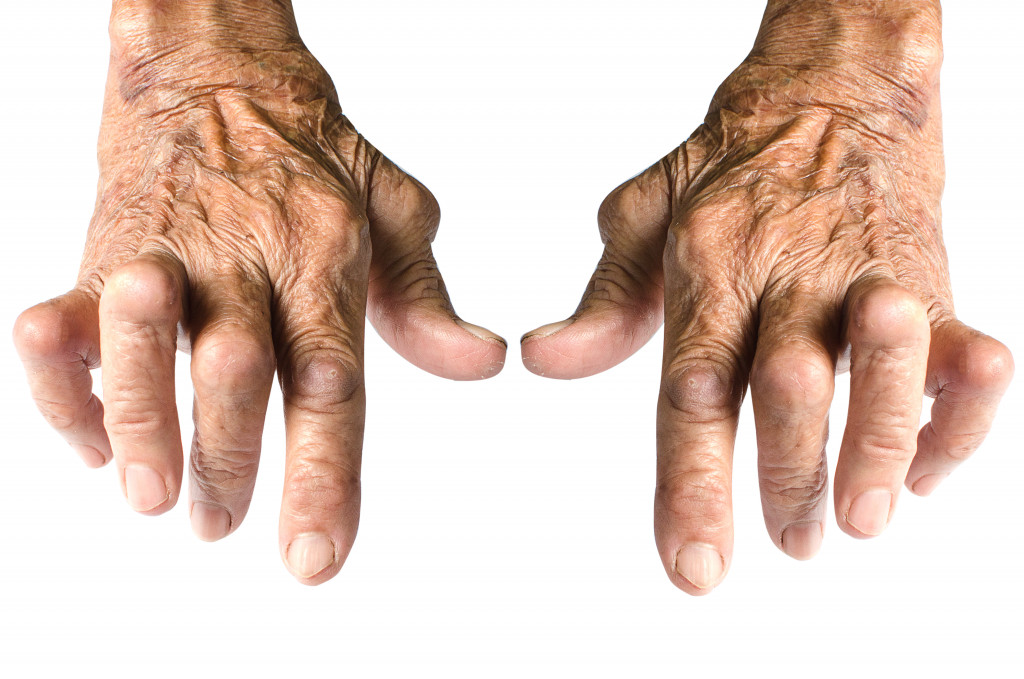- Age-related changes such as decreased flexibility, balance issues, and chronic diseases can impact mobility.
- Regular exercise, including strength and balance training, can help maintain and improve mobility.
- Assistive equipment like lift chairs and mobility scooters provide independence for those with mobility issues.
- Physical therapy offers personalized exercise plans and education on safe body mechanics.
- Home-accessible technology-enabled exercise programs offer additional options for improving mobility.
Mobility is defined as the ability to move freely and easily. A decline in mobility is a common side effect of aging. Mobility changes as you age may be caused by several factors, including a decline in overall physical fitness, health conditions such as arthritis, or injuries. The good news is that there are several ways to improve your mobility, and understanding how age affects it is the first step towards achieving a better quality of life. Here’s what you need to know about the relationship between age and mobility and how to improve it over time.
Your Age And Mobility
The human body is relatively resilient and has a fantastic ability to adapt to changing circumstances. However, as you age, your body naturally goes through a series of changes that can affect your mobility. As the body’s muscles, bones, joints, and ligaments wear down over time, it becomes more difficult to move freely and easily. Here’s a deeper look into how your age and mobility are related:
1. Decreased Flexibility and Strength
As you age, your muscles become weaker and less flexible. This can lead to reduced mobility and an increased risk of falls. To maintain your strength and flexibility, it is essential to incorporate exercises that challenge these areas. Range-of-motion exercises, resistance training, and balance exercises can all help improve your flexibility, strength, and balance.
2. Problems with Balance
Falls are a serious concern for older adults, and balance is critical in reducing the risk of falls. Balance can be affected by various factors, including changes in vision, medication use, and health conditions. There are specific exercises that target balance improvement, including Tai Chi, yoga, and dance classes. It may be beneficial to work with a physical therapist or trainer to develop a program tailored to your needs.

3. Arthritis
Arthritis affects one in four adults and can cause joint pain, stiffness, and limited mobility. Treatment options for arthritis may include medication therapy, physical therapy, weight management, and assistive devices such as canes or walkers. Diet and exercise can also help reduce arthritis symptoms and improve overall mobility.
4. Reduced Cardiovascular Health
As we age, our cardiovascular system is affected by changes in blood pressure, cholesterol levels, and heart rate. Poor cardiovascular health can also lead to a decline in mobility. Exercise is critical to maintaining cardiovascular health. Regular physical activity can improve your overall health and reduce your risk of developing cardiovascular disease.
5. Health Conditions
Chronic health conditions such as diabetes, heart disease, and Parkinson’s disease can all affect mobility. Treatment options may include medication therapy, physical therapy, and assistive devices. It is important to work with your healthcare provider to develop a treatment plan that meets your individual needs.
Ways to Improve Your Mobility As You Age
There are also some proactive ways you can improve your mobility as you age. From the usage of technology to certain exercises, here’s a look into some of those ways:
Lift Chairs
It might be good to invest in certain equipment that can help transition from a sitting position to standing with ease. This is especially beneficial if you have difficulty getting out of your chair due to joint pain or stiffness. A robust lift chair can do that for you. It works by gently tilting forward, allowing you to stand up with minimal effort.

Mobility Scooters
If walking long distances is challenging, consider using a mobility scooter. These electric vehicles provide increased independence and are excellent for those who want to get out and about but don’t have the physical ability to do so without assistance. There are various types of scooters available, ranging from small, portable options to larger, more stable models.
Physical Therapy
Physical therapy is a non-invasive and effective way to improve mobility. A physical therapist can develop an exercise program tailored to your needs, targeting specific areas of weakness or limitations. They can also provide education on proper body mechanics and techniques for safe movement.
Technology-Enabled Exercise Programs
Technology has made it easier than ever to stay active and improve mobility. There are many exercise programs available that can be accessed from the comfort of your home through a smartphone or tablet. These programs often include a variety of exercises aimed at improving flexibility, strength, balance, and coordination.
As you age, it is essential to understand how your body changes and how these changes. It can affect your mobility. By incorporating exercises, seeking proper medical treatment, and utilizing assistive devices, you can maintain or even improve your mobility as you age. Always listen to your body and work with healthcare professionals to create the right plan. With the right knowledge and resources, aging does not have to mean a decline in mobility but instead opens up opportunities to improve and maintain it.